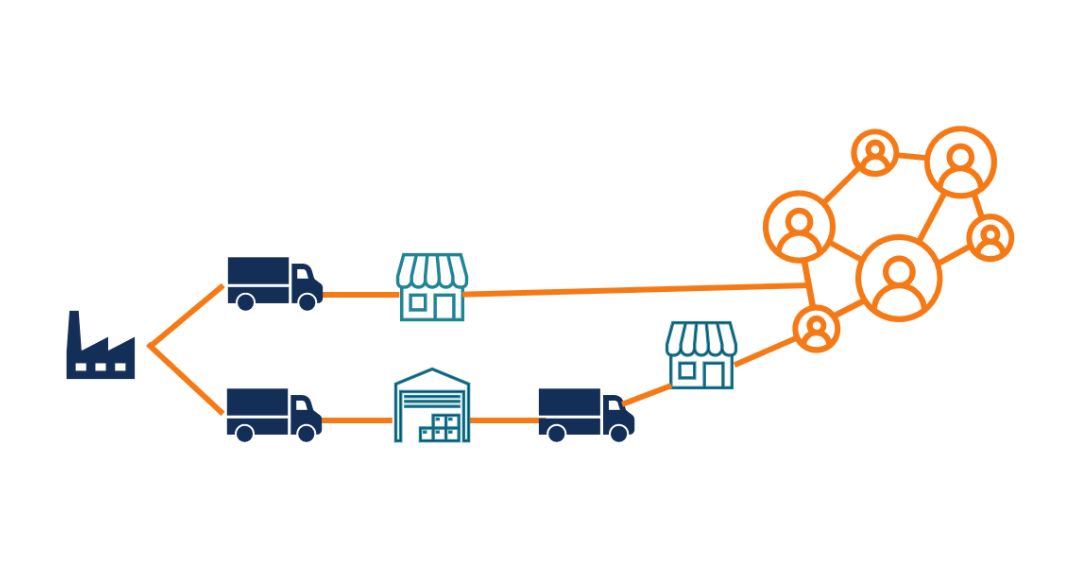Integrated Logistics and Distribution
In today’s competitive business environment, success depends on more than just having quality products. The ability to efficiently store, manage, and distribute those products can make the difference between stagnation and exponential growth.
The Power of Integration
Traditional business models often treat logistics and distribution as separate functions. However, modern success stories demonstrate that integrating these operations creates powerful synergies. When storage solutions directly connect to distribution networks, businesses can respond faster to market demands and capitalize on emerging opportunities.
Streamlining Operations
Efficiency in modern commerce requires seamless coordination between warehousing and sales channels. Advanced warehouse management systems now serve as the central nervous system of successful businesses, connecting inventory status with distribution opportunities in real-time. This integration eliminates delays and reduces operational friction.
Real-Time Visibility
Modern technology enables unprecedented visibility into product movement. From warehouse shelves to final delivery, businesses can now track every step of their product’s journey. This transparency enables better decision-making and more responsive customer service.
Market Responsiveness
When logistics and distribution work in harmony, businesses can adapt quickly to market changes. This agility becomes particularly crucial in today’s fast-paced retail environment, where consumer demands can shift rapidly. Integrated systems allow companies to redirect resources and adjust strategies in real-time.
Technology as the Enabler
Cloud-based management systems have revolutionized how businesses handle their inventory lifecycle. These platforms provide comprehensive oversight of both storage and distribution operations, enabling managers to make informed decisions based on real-time data and market conditions.
Strategic Advantages
Companies that successfully integrate their logistics and distribution operations gain significant competitive advantages. They can often fulfill orders faster, maintain more accurate inventory levels, and respond more quickly to market opportunities. This operational excellence translates directly into improved customer satisfaction and stronger business growth.
Implementation Excellence
Successfully integrating logistics and distribution requires careful planning and execution. Companies must evaluate their current systems, identify integration opportunities, and implement changes strategically. This process often involves training staff, upgrading technology systems, and establishing new operational procedures.
Conclusion
The future belongs to businesses that can seamlessly connect their logistics and distribution operations. By embracing
integrated solutions and leveraging modern technology, companies can transform their supply chain from a cost center into a strategic advantage that drives sustainable growth.

